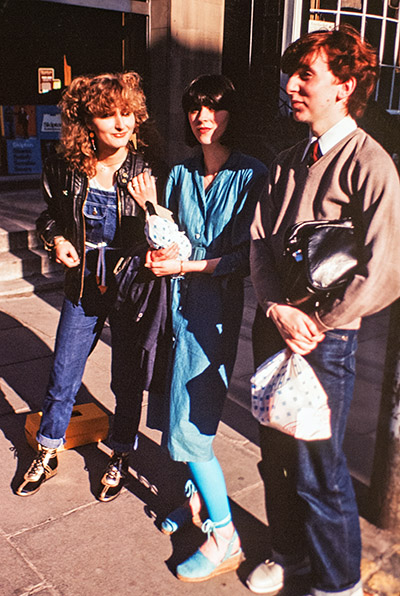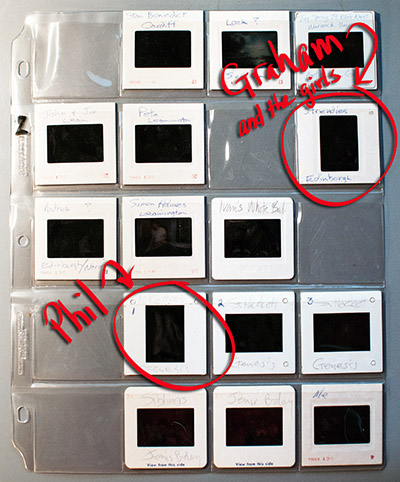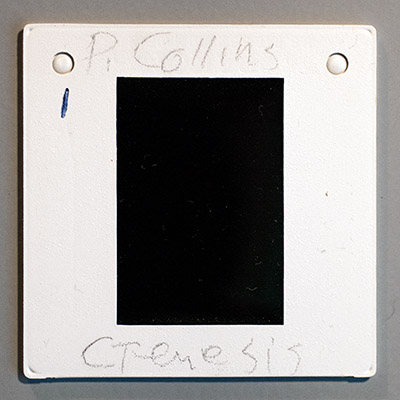(Submitted by Skepticality listener Stephen Hayko.)
I do clerical work for a company that uses part numbers that are six digits long and begin with either a 5 or 6. When we order parts, our ordering system generates a purchase order (PO) that is six digits long and sequential.
We’ve been using this ordering system for about a year, and throughout the company, we typically place about 45-50 orders in the system every week, in my branch. We’re one of 25 branches in the US that uses this system, and we are one of the higher-volume branches – most other branches use about 30-35 orders per week.
In March, I placed an order for part number 649384. This is a relatively common piece and we typically sell 8-10 of this part per week – so it accounts for 16-20% of our orders. Lo and Behold! The PO was 649384.
Given that information, what are the odds that PO 649384 was attached to an order for part number 649384?
Thanks!
Below are the extended notes provided by contributing editor Mark Gouch for use in Skepticality Episode 253. Mark is a wastewater treatment system operator and engineer living in Smithtown, NY (Long Island). He started to become interested in coincidences after recognizing the series of events that conspired to get him employment on Long Island many years ago. Two of Mark’s recommended books include “The Drunkard’s Walk: How Randomness Rules Our Lives” by American physicist and author Leonard Mlodinow, and “The Hidden Brain: How Our Unconscious Minds Elect Presidents, Control Markets, Wage Wars, and Save Our Lives” by Shankar Vedantam.
Take a look and leave your comments below. Also, please be sure to listen to the podcast for our own hilarious commentary.
This problem seemed very straightforward at first, but on closer review it seems that there is something interesting hidden in the details Steve provided. Estimating the total number of POs generated company-wide using the average of the ranges you gave comes to about 780 POs per week. That’s about 3,586 per month, and 43,030 annually. Steve said the numbers generated automatically are six digits long, and are sequential. So if 43,030 are generated annually, it would take 649,384 / 43,030 years to hit number 649384, or about 15 years, one month. So barring any large increase or decrease in business, in about 15 years you may see this happen again. But wait, Steve also stated that the company has been using this system for a year. Something is fishy here. If the numbers are sequential, and they’ve used this for a year, then they must not have started at 000 001. They must have started somewhere around 649,384 – 43,030 = 606,354. That is, if the numbers Steve gave were close to correct. Starting to wonder if this is some sort of trick question here Steve. Something does not add up. Literally.
So either Steve submitted a trick question which he knows is impossible, or someone, for some reason, decided to covertly tamper with the automatic PO number generating software to make it start at some number other than 000001. Perhaps someone thought PO numbers like 000001, 0000002, etc. would make the company look like a startup, or just would look odd. PO number 606354 makes the company look like they’ve been in business for a long time, and/or process quite a lot of POs. So this great mystery deserves some investigation. Inquisitive minds want to know what was the first PO number generated, who determined what that number was, how did they determine it, and why? And was it part of a conspiracy, or did this mysterious person act alone? A reasonably thorough investigation is certainly in order. There must be a logical explanation.
A number starting in 60 does not look like someone used their birthdate, which would be weird anyway. Does Steve know the last six digits of the CEO’s social security number? Well, there could be a mundane explanation, like the numbers were sequential for many years, maybe kept on a clipboard or something, and only a year ago was it computerized. Let’s go with that, and forget the conspiracy theory. In fact, everyone please forget all conspiracy “theories.”
So back to the actual question. It seems that Steve already knows the answer to his question. He said that this common part accounts for 16 to 20% of their orders. So the odds of any one order having this part number on it should be approximately……16 to 20%! Grab any random order out of the pile (or computer system) and there will be a 16-20% chance that it has this part number on it. That goes for any PO number: 650000, 700000, 131313, and also for 649384. Steve knew the answer; he just did not know that he knew. This is certainly not a criticism. It is better to not know that you know something than to think you know something that you do not. The fallacy was that he thought the odds would be different for that one special PO number, but they are not. The odds are the odds. The odds, in this case, are perfectly rational – but not sequential.







